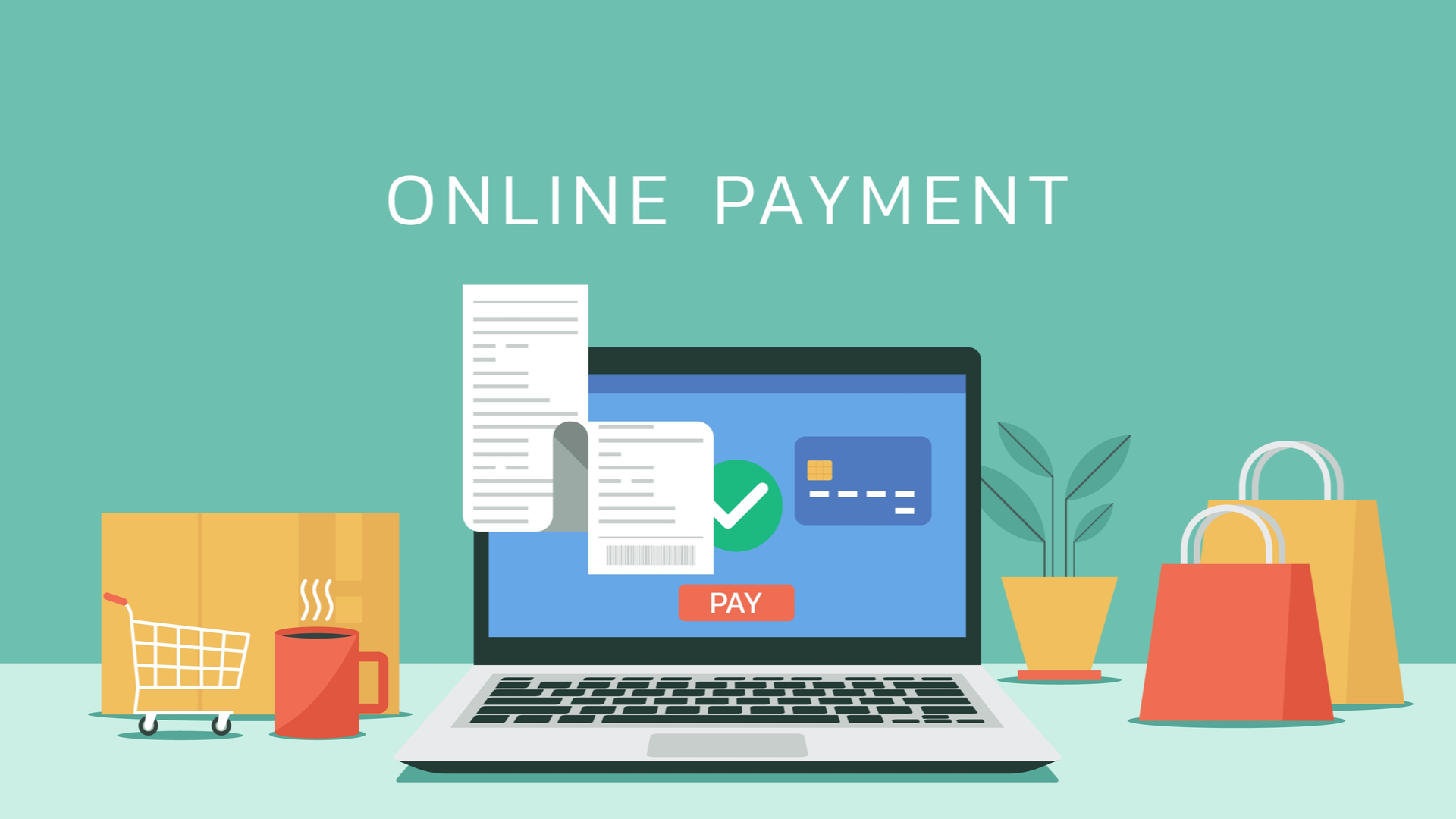
Here’s Why a Brilliant Web Design Should be a Priority for your E-Commerce Business
Here’s Why a Brilliant Web Design Should be a Priority for your E-Commerce Business
A well-designed website is crucial for any business selling online.
Customers must be able to quickly navigate through a website to locate what they are seeking. If they are satisfied with their experience when using a website, they are more likely to come back and buy more.
This is also true when shopping in stores: if you encounter difficulties finding the item you're looking for, you are not likely to return again. Also, whether you shop online or in store, having a positive customer experience can guide shoppers easily through shopping, improving customer satisfaction and the company's revenue.
This blog will discuss several of the crucial aspects of web design for e-commerce to ensure that websites are user-friendly, reliable, and keep customers returning for more.
1. A user-friendly experience that is intuitive throughout the entire online shopping experience
It's as easy as that.
A poor user experience can prevent visitors from purchasing. This is why the abandonment of shopping carts (when customers leave your website without purchasing) is among the most pressing issue facing online retailers.
Designers are working hard to design seamless transitions, like selecting the item they want to add to the shopping cart and then following through with the purchase.
To make shopping online a simpler experience, web designers should emphasise accessibility and usability (for instance, limiting the number of fields a user has to fill out during checkout) and conversion without having to make users commit.
In addition, smart product recommendations and customized content are becoming more popular with e-commerce companies.
Personalization is a significant way to enhance customer experience and increase your conversion rates. When creating user journeys, it's crucial to take this into consideration.
2. Adaptable design
With the increasing amount of internet-based e-commerce transactions taking place on tablets and smartphones, it’s essential that they provide the same experience across different devices. Websites that don't provide a mobile-friendly experience will likely lose customers and fall behind rivals who are just one step behind.
Methods to consider when designing mobile websites for e-commerce including a simplified interface, micro-interactions to enhance the user experience, support for image zoom and content hierarchy, and fast page loading times.
3. Simple navigation
Any user who wants to purchase on your site should be able to find the desired product immediately.
The navigation on your site must be clear and well-organized to guide and aid customers. With clear categories and subcategories, the navigation should be simple to locate. If the user cannot locate an item, they simply will not buy it!
An attractive search feature is an essential aspect that all online stores must be thinking of – especially if you offer a large variety of products. This allows users to locate precisely what they're looking for.
4. Call-to-Action
A Call-to-Action (CTA) guides users to the next action they need to take. The right CTA could turn a one-off customer into a regular client when it comes to online shopping.
However, using a standard CTA isn't the most effective method of drawing attention to users and convincing them to move on to the next action. The goal is for your CTA to stand out. However, it shouldn't be overly aggressive; it should be consistent with its design and the remainder of your site.
When you design your CTA, keep these aspects in mind: contrast sizes, colours, spacing, shape and efficient copywriting. It is a good idea to test out different CTAs to see which one is most effective with your clients.
5. High-quality photography
Since customers can't touch and feel a product before buying it, quality photography is the best way to show off your products.
Customers can comprehend what you're selling more when the products are shot at various angles, with authentic settings used, as well as the important features of the product highlighted. The inclusion of 360-degree viewfinders for your products is an additional benefit.
A consistent yet innovative approach can help turn visitors into buyers, improve brand recognition, and allow them to gain a general feel of your company by the look and feel of your images.
6. Content that is written concisely
Beautiful photographs should be accompanied by descriptive text that is accurate and precise. This can assist customers in understanding the product, and entice them to make that purchase.
However, bear in mind that when you overcrowd an online store with text, this can cause customers to feel overwhelmed.
Nobody indeed wants to read lengthy, boring paragraphs. Instead, condense and reduce the length of your copy to make it easier to be digested.
The use of other creative elements, such as photography, can assist you in increasing your reach to additional potential clients.
When it comes to copy, make sure the language you use is appropriate. For instance, for younger customers, a more playful, informal copy may be more appropriate.
Of course, there are more than six elements in the design of e-commerce websites to think about. However, these are the most crucial.
Remember that no two websites selling e-commerce are the same, therefore it’s essential to ensure your site design is unique, interesting and capitvating. It’s also vital to ensure a user-friendly design that fluidly navigates the user through each step of the buying process.
Contact EWM today to discover some of the many methods and techniques we use when it comes to compelling and effective e-commerce web designs.